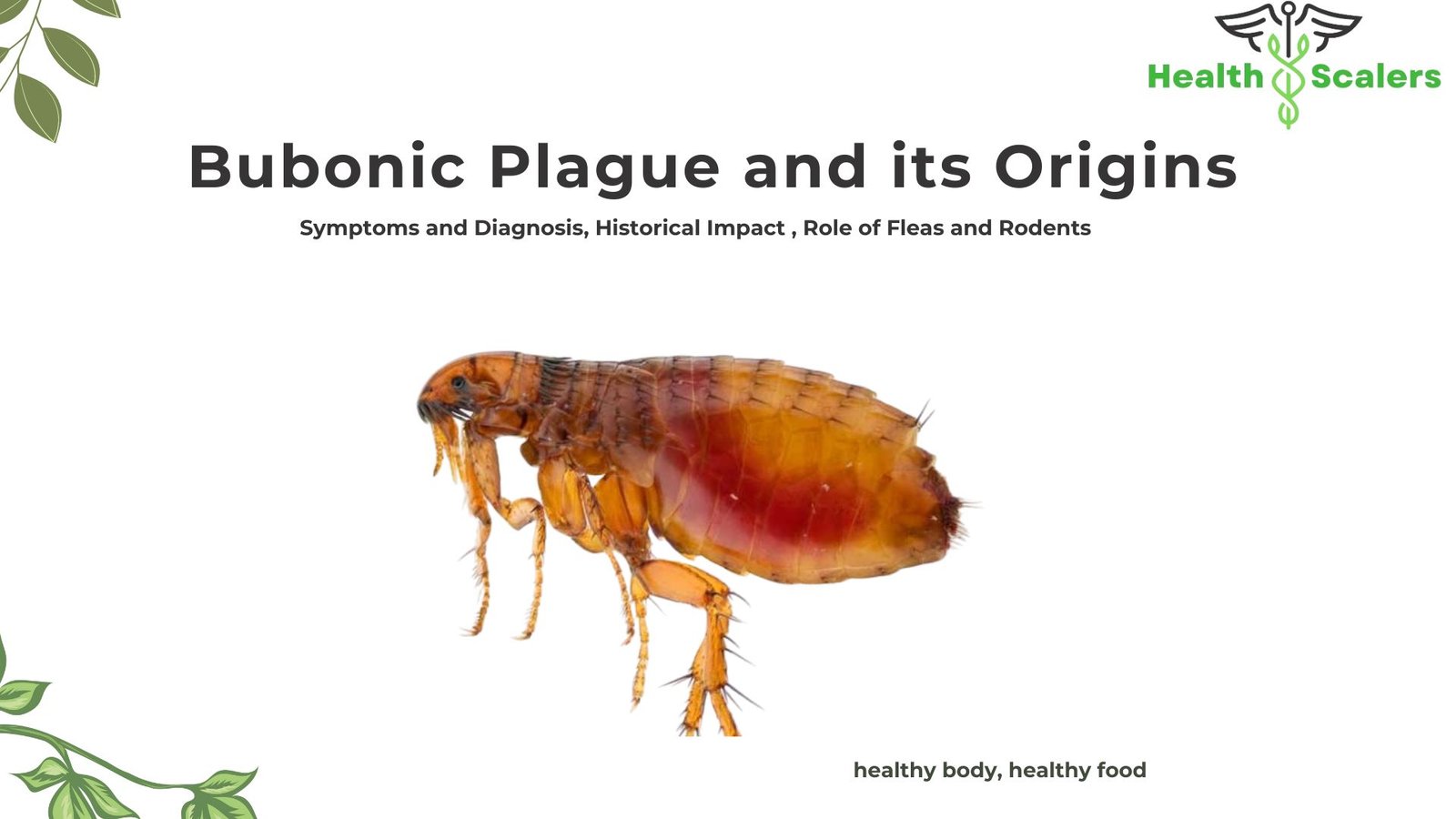Bubonic Plague
As I delve into the haunting annals of history, the ominous term “Bubonic plague” echoes through time, leaving an indelible mark on the course of humanity. Join me on this journey of exploration and understanding as we unravel the mysteries surrounding this devastating pandemic.
The Origins of Bubonic Plague
Tracing the Footsteps of the Black Death
The bubonic plague, also known as the Black Death, made its first notorious appearance in the 14th century, casting a dark shadow across Europe. Its origins can be traced to fleas infesting rats, creating a deadly vector for the Yersinia pestis bacterium.
The Ancient Menace Resurfaces
Centuries later, the bubonic plague resurfaced, making its presence felt in various parts of the world. Understanding its historical recurrence is crucial in comprehending the ongoing battle against this ancient menace.
Symptoms and Diagnosis
The Telltale Signs
Navigating the murky waters of the bubonic plague’s symptoms, one can expect fever, chills, and the notorious appearance of painful, swollen lymph nodes or “buboes.” Familiarizing ourselves with these symptoms is paramount for early detection.
Diagnostic Challenges
Unraveling the complexities of diagnosing the bubonic plague, healthcare professionals face challenges in distinguishing it from other illnesses with similar symptoms. The urgency of accurate diagnosis underscores the importance of advanced medical technology.

Historical Impact
A Population Decimated
The Black Death wrought havoc on Europe, decimating populations and leaving a lasting impact on societal structures. Understanding the historical toll is crucial for appreciating the resilience of societies in the face of such calamities.
Socioeconomic Ramifications
Delving into the socioeconomic aftermath, the bubonic plague altered the landscape of labor, leading to increased wages and changes in land ownership. Examining the societal shifts resulting from historical pandemics offers valuable insights into our current global challenges.
Modern Cases and Containment
Bubonic Plague Today
Contrary to popular belief, the bubonic plague has not been eradicated. Recent cases in certain regions serve as a stark reminder of the persistent threat posed by this ancient scourge.
Containment Strategies
Drawing from historical lessons, modern containment strategies involve swift responses, antibiotic treatments, and public health measures. An efficient response to isolated cases is crucial to prevent the re-emergence of widespread outbreaks.
The Role of Fleas and Rodents
The Culprit: Fleas and Rats
Understanding the role of fleas and rats in transmitting the Yersinia pestis bacterium sheds light on preventive measures. Efficient pest control remains a pivotal aspect of preventing the resurgence of the bubonic plague.
Historical Impact Environmental Factors
Exploring the impact of environmental factors on the proliferation of fleas and rodents provides valuable insights for crafting comprehensive strategies to mitigate the risk of bubonic plague outbreaks.

Conclusion:
As we navigate the shadows cast by the Bubonic plague, it becomes evident that the lessons of history are invaluable in addressing current and future challenges. By combining historical knowledge with modern advancements, we stand better equipped to face the lurking threats of this ancient scourge. Stay informed, stay vigilant, and let the echoes of the past guide us towards a resilient future.





